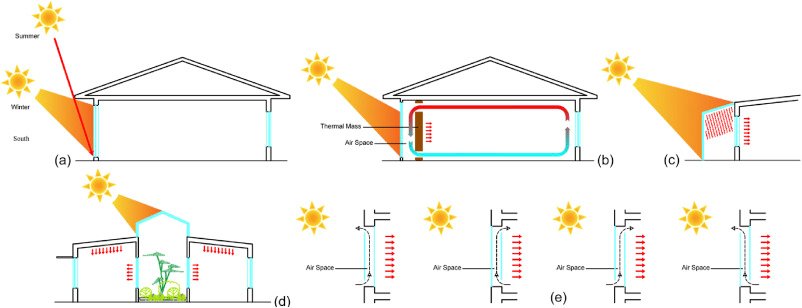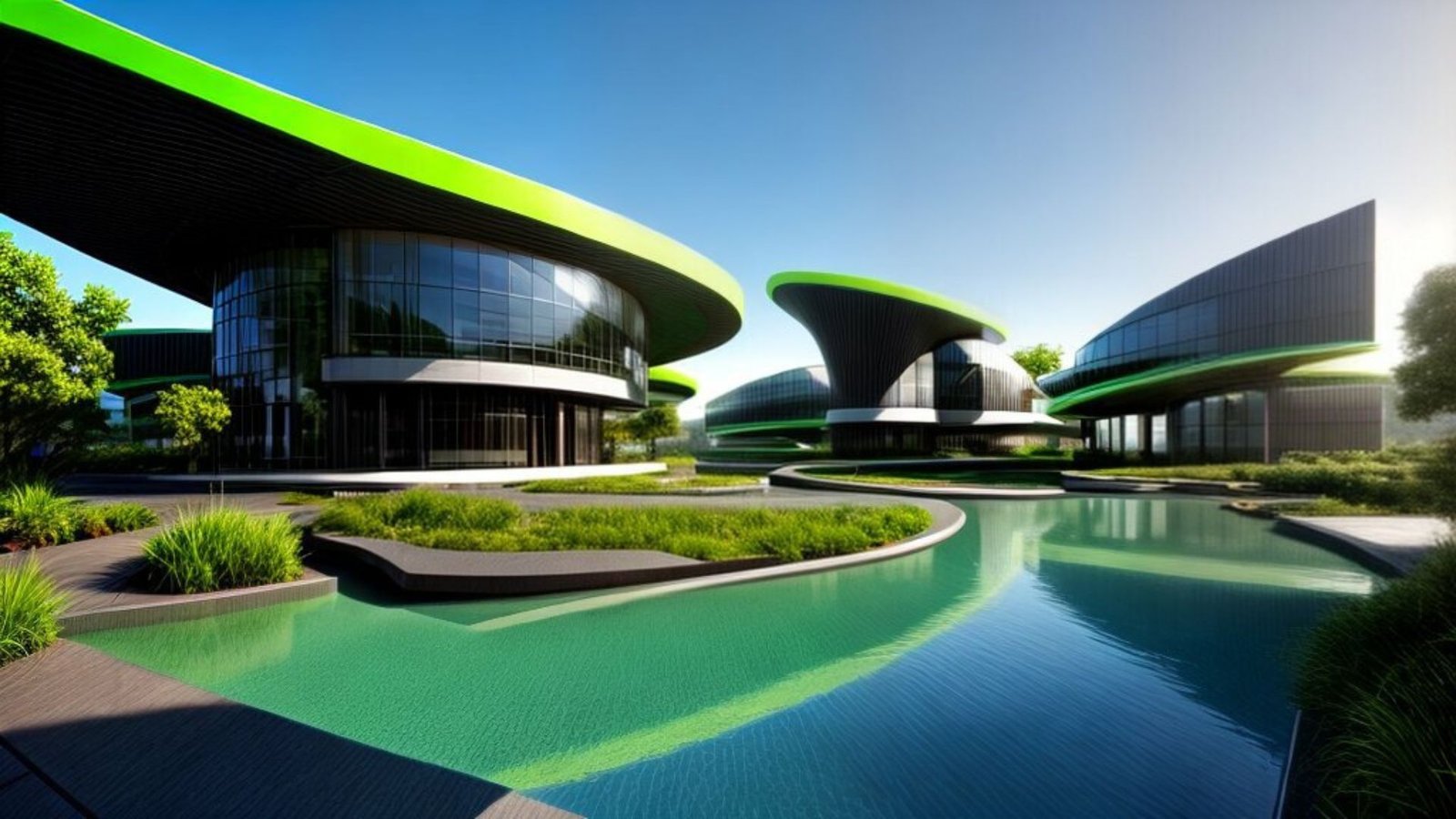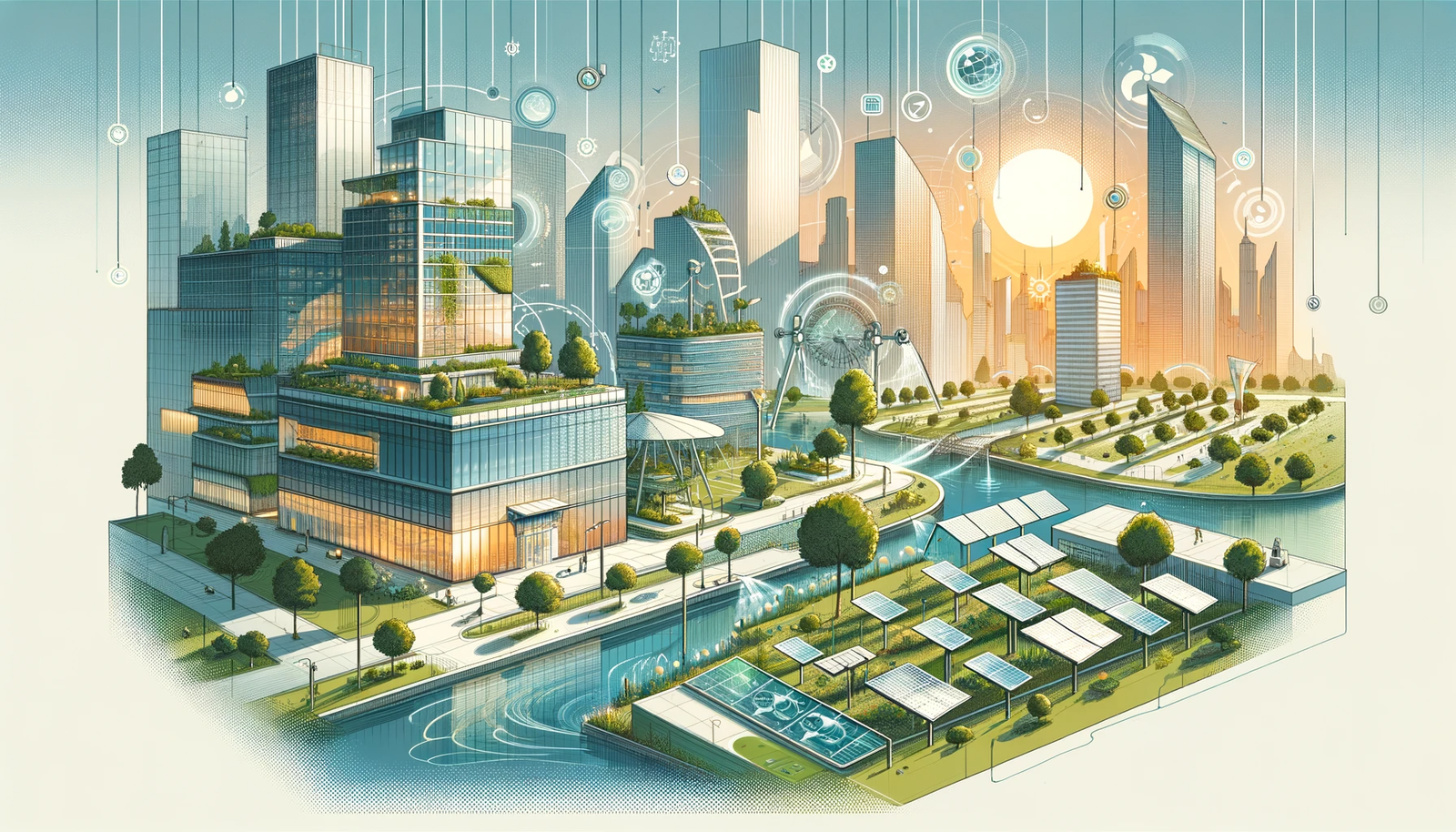Bioclimatic architecture: Designing for climate responsiveness
Bioclimatic architecture is an approach that harmonizes building design with the local climate, utilizing natural resources to create comfortable and energy-efficient living environments. By integrating climate-responsive strategies, architects can significantly reduce the environmental impact of buildings while enhancing occupant comfort. Here’s an in-depth look at the principles and benefits of bioclimatic architecture. 1. Understanding Bioclimatic










